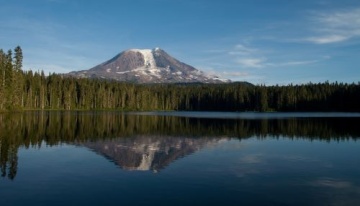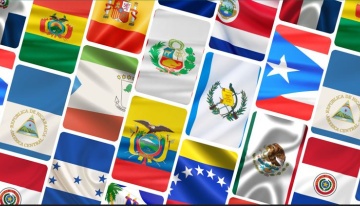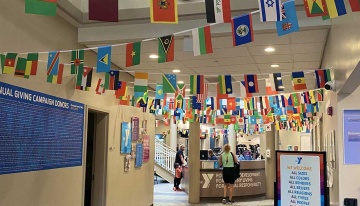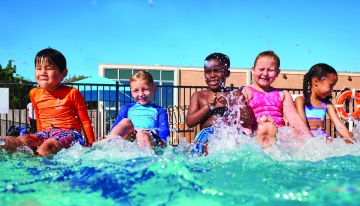Header 1
I’ve been reflecting on my life experiences–– experiences that have guided me on Mother Earth for the past 53 years, both inside and outside of my career at the YMCA. As a Native American/Indigenous person, these experiences have been both positive and negative depending on the environments in which I find myself.. My experiences––some of which I share below––help shape how I interact with family, community and nature, and I have come to understand that I need to engage both a Native and Western worldview in order to serve my community best and live a fulfilled life. I am walking in two worlds that do not see eye to eye and are often in conflict as the colonizer and the colonized. The ability to balance the two worlds has provided me with a pathway to understand how to be a son, brother, uncle, husband, father, mentor, teacher and colleague.
I was born on the Umatilla Reservation, raised on the Yakama Reservation in the Pacific Northwest on the Columbia Plateau and grew up in a small rural community with White, Latino, and Native American people. Looking back, microaggressions existed in my school and city. My senior year in high school I was told, “You’re going to graduate high school in a couple months, what are your plans? You can go work in the factories or one of the plants with your people. I don’t think going to college will be good for you.” That came from my high school guidance counselor––a person of color, a Latina––who clearly had no faith in my future.
The ability to balance the two worlds has provided me with a pathway to understand how to be a son, brother, uncle, husband, father, mentor, teacher and colleague.
Section 2
That experience motivated me to pursue higher education: I became the first in my tribe to graduate from the Art Institute of Seattle & Film School at California State University (CSU) Long Beach and receive a master’s degree in education from CSU Fullerton. There I quickly learned that Native American college students are the most underrepresented population on college campuses––another example of walking in two worlds.
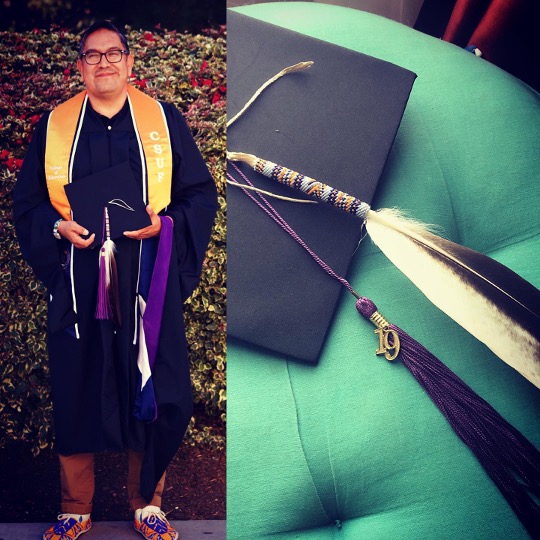
When I moved to Southern California, I volunteered for a Native American Senior Center to reconnect, learn and listen to their stories since oral storytelling is how we pass cultural knowledge on to the next generation. The Native American community of Los Angeles County is one of the largest in the U.S. and has a long history of trauma stemming from relocation and sterilization policies to loss of land and colonialism. A Missouri-Ote elder, who I learned had experienced historical trauma as a young Native American woman, shared with me, “Learn their ways, so one day we can use it against them.”
In my professional career and through the YMCA, I had the opportunity to share my cultural knowledge and help thousands of youth of color become stewards of nature and tell their individual/family/community stories through digital storytelling. Thanks to film school, I had indeed learned their ways and was able to help the next generation overcome past traumas to pursue post-secondary education and become community leaders.
The Power of the Drum and Song
I was fortunate to learn my traditional cultural ways from my mother, grandparents, aunts, uncles and other family members. These experiences strengthened my identity as being Yakama and how I’m connected to the land and the community.
I started dancing in the area at the age of 3 up to my late teens, traveling throughout Southern Canada and the northern U.S. I have always heard the songs and felt the beat of the drums in the area, at the Long House and in the homes of community members. It is those songs and drums that have helped me communicate with the Creator (God), to help guide me through challenging and difficult situations and reflect on celebrations that have brought laughter and joy.
My grandmother told me, “The drums and songs have power to heal, to give us strength and to remind us what our ancestors did to maintain our traditional ways in this western (white) world.” On numerous occasions, she would stand up from her chair, put on her shawl and start dancing in place and other women would join her. Afterwards she told me, “The song made me dance, it was a moving song. It brought goodness to my heart and it made me dance.”
As a singer on the big drum, I believe that is the highest honor you can receive–seeing elders dancing to your song, which often provides a moment of reflection that can bring joy, happiness, or sorrow. I recently was asked to sit and sing at the big drum to help a Laguna Pueblo family reconnect and heal from the loss of their matriarch. Singing on the big drum helped the family, it brought the community together to help them overcome the hardships and provided an opportunity to create good memories and healing.
The Natural Law
In Native American/Indigenous communities, we have what we call natural laws that govern how we engage with everything. At a young age, I was taught that everything in nature is circular, not linear (a Western worldview), and that I am connected to everything and everything is connected to me, like a spider web. If part of the web starts to collapse or break it affects everything. One of my college professors, a Dakota Elder, told me, “We are all connected. We all have one thing in common…breath (oxygen). As human beings, we are all the same, the same red blood, we all need oxygen to breathe. The trees, plants, animals, fish, oceans, streams and rivers need oxygen to survive.”
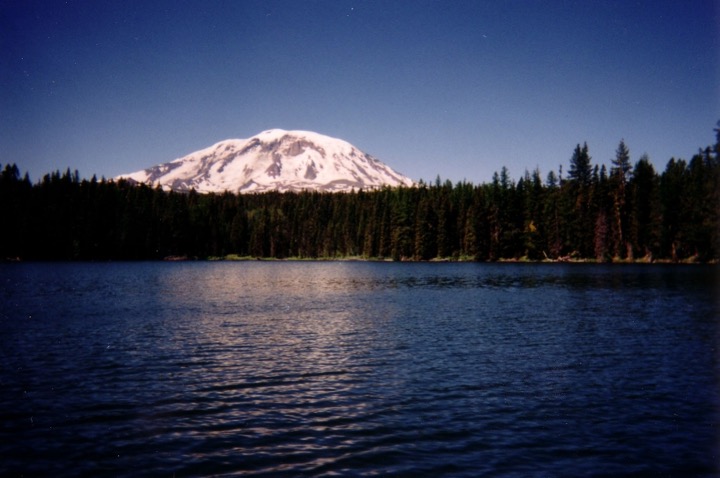
He added, “Life and death is circular, it's part of the natural law. When something dies, it goes back to Mother Earth and feeds her to bring new life. For humans, our physical body goes back to Mother Earth and our spirit continues on to the next part of our journey, to where our ancestors and family members are waiting for us. Don’t be sad.”
This was a hard concept for me to grasp when I was younger, but as I got older and experienced the death of family members, it made sense. It provided the opportunity to reflect on the good times and understand they will always be with me, both in my heart and memory. Their teachings will continue on through my daughter on her journey with the people she engages with.
Each of us will have experiences that will guide and shape our worldview. We all come from communities that have stories, songs, customs and traditions from our ancestors. It's time to embrace our cultural experiences to learn and grow and pass on our knowledge to future generations––the next seven generations*.
*Seven Generations is a process of thinking ahead and reflecting on the past. Many Native American/Indigenous communities follow this process; it goes back to Natural Law. Our actions and decisions today will affect future generations and to reflect back on what our ancestors have done to get us to this place.


